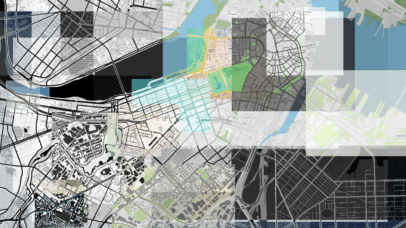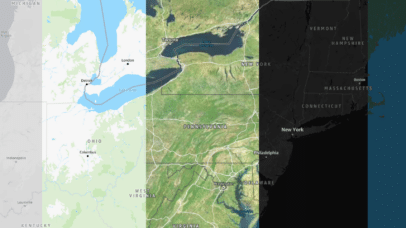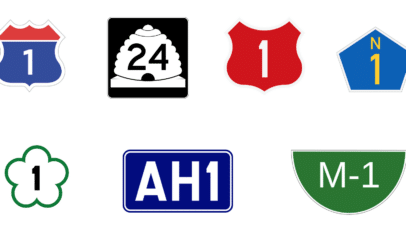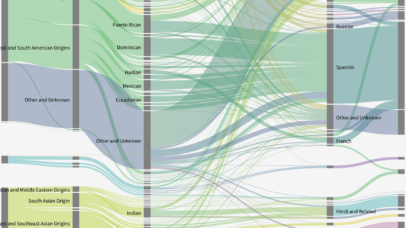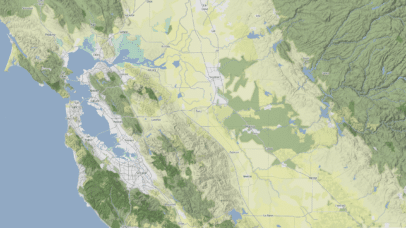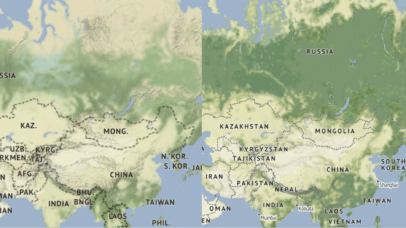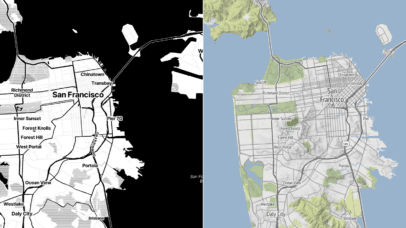
Our Brilliant Friend: Stamen and OpenStreetMap through the years, part 3
A personal history of OpenStreetMap, seen through the eyes of Stamen Design by Alan McConchie and the Stamen Design team Recap Back in 2021, we wrote a two-part blog post about the history of Stamen Design and OpenStreetMap (“OSM” for short), and the twists and turns of Stamen’s close relationship with the OSM project over...

